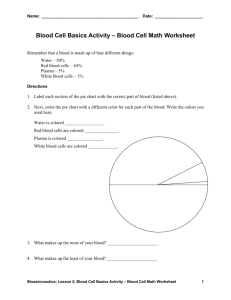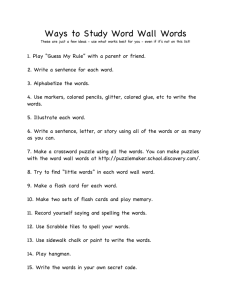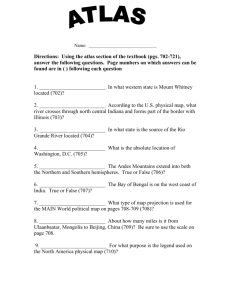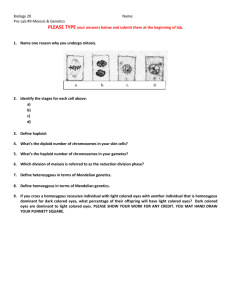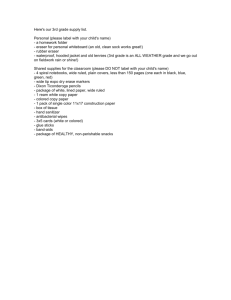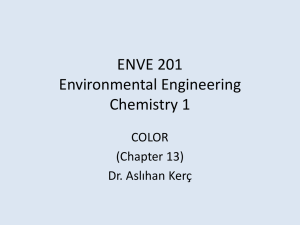Name: Period: ______ Date: ______ ! ! PS3: Light, Filters, and
advertisement
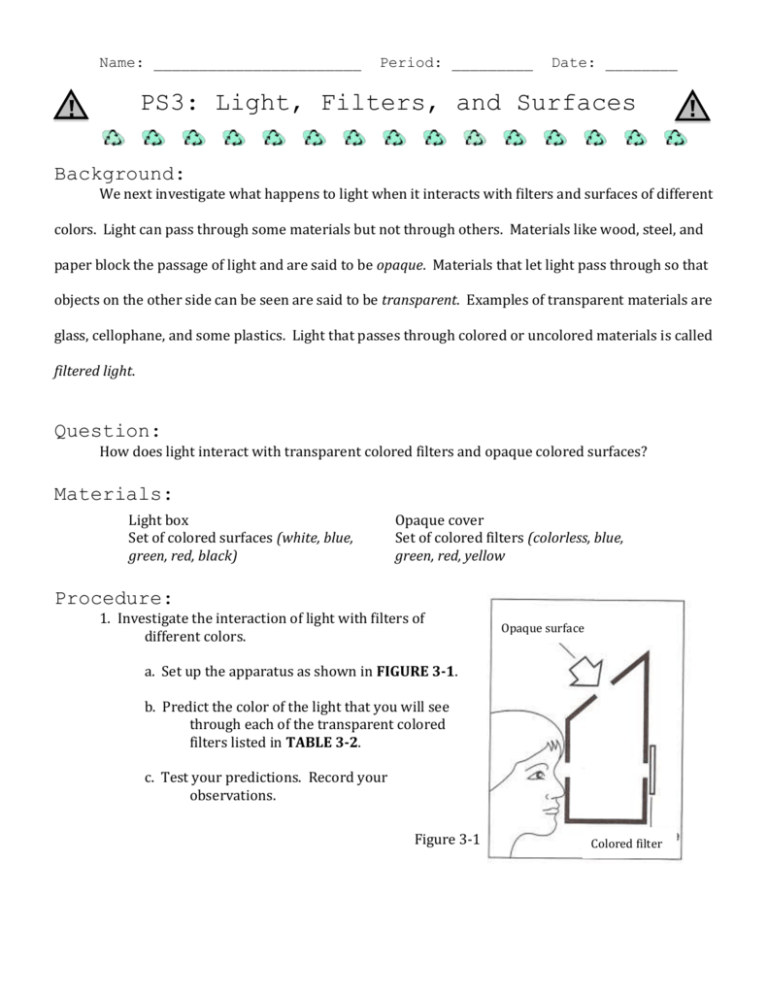
Name: _______________________ Period: _________ Date: ________ PS3: Light, Filters, and Surfaces ! ! Background: We next investigate what happens to light when it interacts with filters and surfaces of different colors. Light can pass through some materials but not through others. Materials like wood, steel, and paper block the passage of light and are said to be opaque. Materials that let light pass through so that objects on the other side can be seen are said to be transparent. Examples of transparent materials are glass, cellophane, and some plastics. Light that passes through colored or uncolored materials is called filtered light. Question: How does light interact with transparent colored filters and opaque colored surfaces? Materials: Light box Set of colored surfaces (white, blue, green, red, black) Opaque cover Set of colored filters (colorless, blue, green, red, yellow Procedure: 1. Investigate the interaction of light with filters of different colors. Opaque surface a. Set up the apparatus as shown in FIGURE 3-1. b. Predict the color of the light that you will see through each of the transparent colored filters listed in TABLE 3-2. c. Test your predictions. Record your observations. Figure 3-1 Colored filter Table 3-2 Color of FILTER Color of Light seen through FILTER Prediction Observations Colorless Blue Green Red 2. Investigate the interaction of light with opaque colored surfaces of different colors. a. Set up the apparatus as shown in FIGURE 3-3. You should make note of our light source if we are not able to get outside. b. Predict the color of light that will be seen on each opaque colored surface listed in TABLE 3-4. Record your predictions. c. Test your predictions. Record your observations. Figure 3-3 Table 3-4 Source of Light: Color of SURFACE White Blue Green Red Black Color of light seen on SURFACE Prediction Observation 3. Investigate the interaction of filtered light with colored opaque surfaces. Light that passes through a transparent material such as a colored filter is called filtered light. a. Set up the apparatus as shown in FIGURE 3-5. b. Predict the color of light that will be seen on each opaque surface after it passes through each of the colored filters listed in TABLE 3-6. Record your predictions. c. Test your predictions. Record your observations. Figure 3-5 Table 3-6 Color of FILTER Color of SURFACE White Blue Green Red Color of light seen on SURFACE Prediction B Observation 1 Blue 2 Green 3 Red 4 Black 5 White 6 Blue 7 Green 8 Red 9 Black 10 White 11 Blue 12 Green 13 Red 14 Black 15 4. Compare your data with that of other groups. Where your data differ, make sure that you all followed the procedure correctly. You may also choose to discuss the summary questions. Summary Questions: 1. Compare the results you recorded in Tables 3-2 and 3-4. a. How are the results similar? How do they differ? b. What makes the results similar or different? 2. Look at your data on the interactions of filtered light with colored surfaces in Table 3-6. a. What are the relationships, if any, between the color of a filter and the color of light seen on an opaque surface? b. What is your hypothesis for explaining the results of the interactions of colored filtered light with colored surfaces? What evidence supports your hypothesis? Discussion Notes: (new vocabulary includes: opaque, transparent, filtered light)
